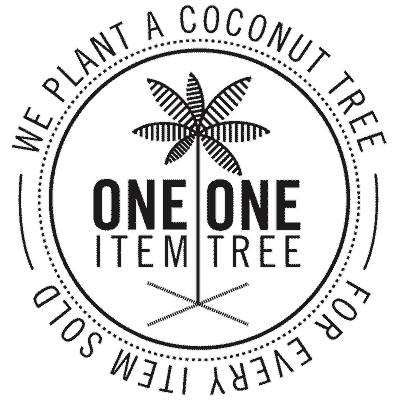Last Updated on July 4, 2024 by Kapuluan
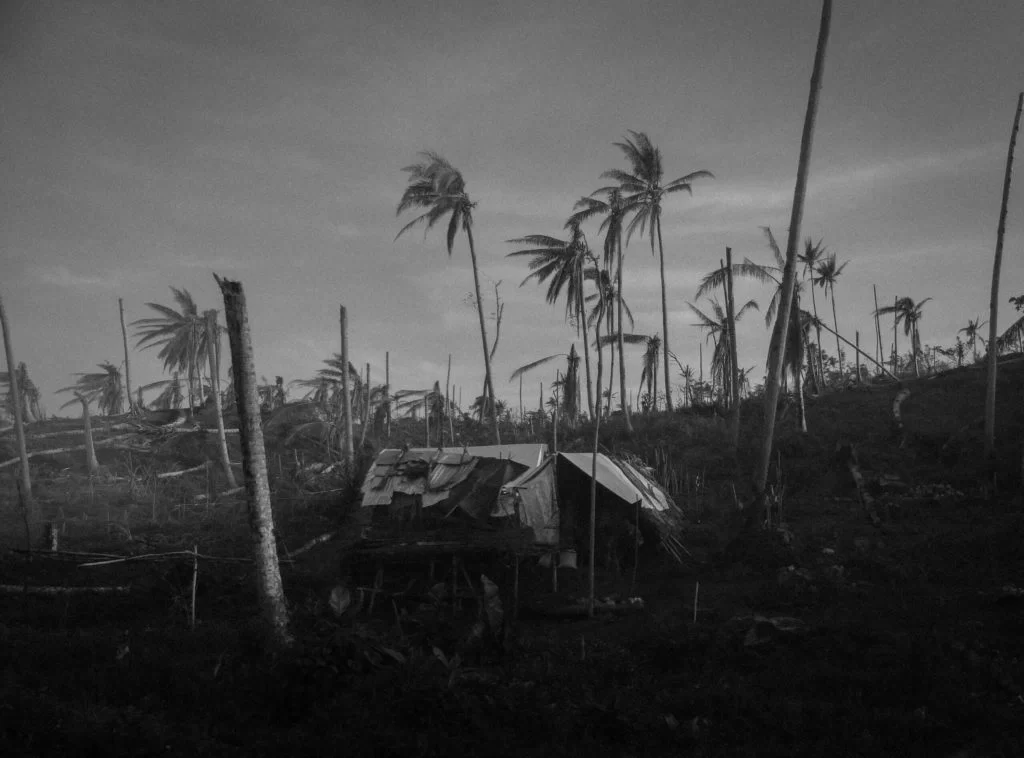
The guy on the radio spoke in Filipino (Waray), and we didn’t know what he was saying.
Didn’t matter.
The emotion in the room told me something intense was going on.
We were on a tiny island in the Pacific, somewhere off the coast of Eastern Samar in The Philippines.
We were just a year earlier, shortly after Typhoon Haiyan came ripping through the Pacific Ocean and made landfall as the World’s strongest storm in modern history.
We spent the morning visiting with young children at the island’s only school, and in the afternoon, we explored with a Coconut farmer. The island was rugged and felt untouched. However, it was entirely remote, and the people were as cut off from the modern world as you could imagine.
At the tattered edges of nowhere, broken palm trees shot out of the landscape like daggers, surrounded by their fallen comrades—a stark reminder of the death and destruction Haiyan caused. Remnants of houses and buildings were scattered near and far, painting a human connection to the serene chaos. As beautiful as the island was, it felt like a distant planet with a dark and troubled past.
So, when we heard a Super Typhoon headed directly toward us, and we could not leave due to rough seas, the harsh reality of my surroundings set in.
It was good to be back on the main island, but the Typhoon had intensified, now classified a Category 5 Storm, and stronger than Typhoon Haiyan. So we were trapped in the place we had seen destroyed just a year earlier, with nowhere to go, with a monster storm bearing down on us.
It became a movie when we drove by 1 of 2 gas stations in town. You hear about disasters, economic collapse, and even the zombie apocalypse; no cash, no gas, no food on shelves, and people panicking for resources.
There must have been 500 people trying to get gasoline. This was survival mode.
We made some Filipino people we were with angry when we demanded that we leave their houses for better shelter. Flashbacks of Haiyan and a glimpse of cracked concrete walls were reason enough to say something. We knew we weren’t staying there regardless.
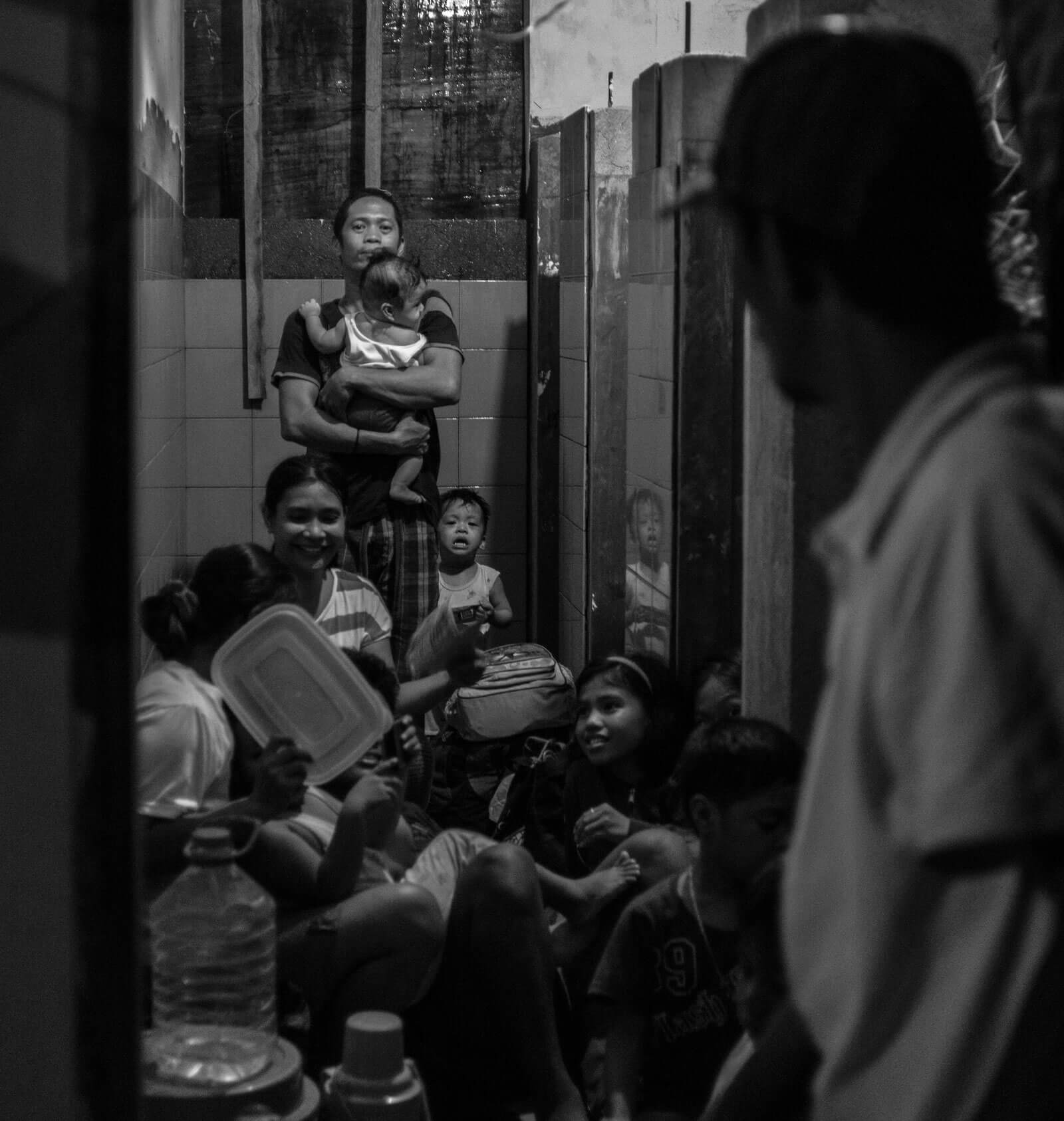
When the roof started to lift off the building and the windows were blown out, the thousands of evacuees started to panic. We were in a government building turned evacuation shelter, and while second-guessing our demands to leave the house, we were trying to calm people around us by telling them that the sound of the roof tearing in half was “just some loose sheet metal outside.”
Typhoon Hagupit was downgraded and only packed winds of 285 KPH when it landed about 15 KM north of Borongan City, Eastern Samar.
However, the worst Typhoons typically last for about 2 or 3 hours. Instead, Hagupit’s incredible force battered us for an agonizing 10 hours. Children cried, grandmothers prayed relentlessly, and boarded windows caved in, exposing us to the howling wind song while the building flooded.
The storm finally started to weaken around 6 am. We had survived.
A sense of relief quickly turned to thoughts of all the people without shelter. We jumped in a car with the United Nations and headed out to assess the damage and see what relief efforts needed to be organized.
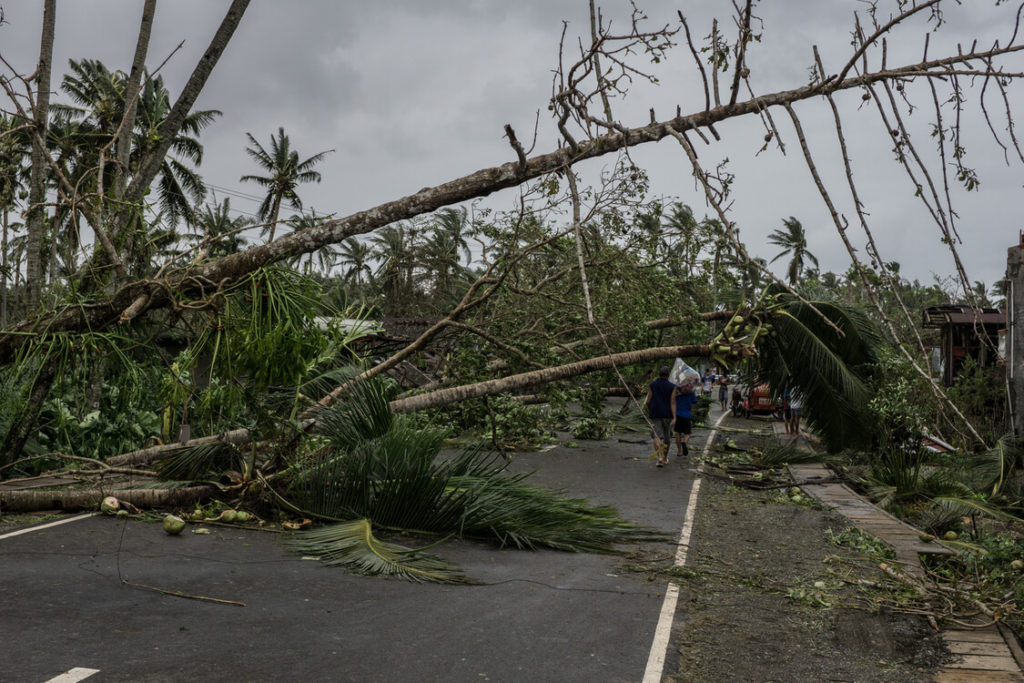
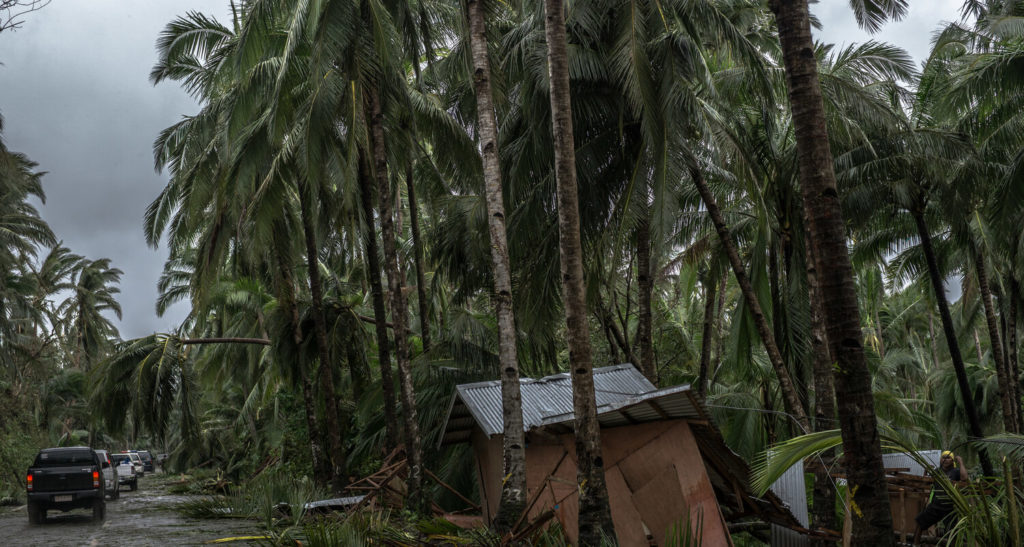

Fallen trees, power lines, and parts of houses blocked the road. Sections of the road were gone. Bridges were caving in. It took us 7 hours to get 15 KM.
But throughout the drive, people were outside clearing the damage, rebuilding their houses, waving and smiling as we passed by.
We knew these people were strong and courageous. We had seen it after Typhoon Haiyan. But this was mind-blowing.
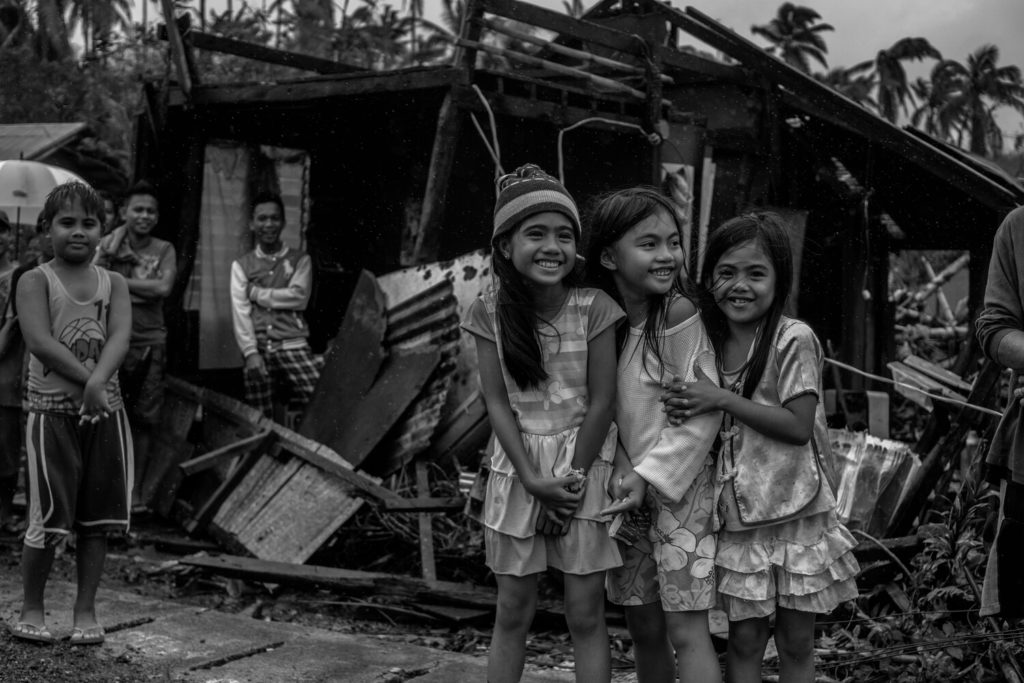
There were 33 million trees destroyed during Typhoon Haiyan, and in some places, Typhoon Hagupit did even more damage.
Planting coconut palm trees was starting to look like an excellent (and necessary) idea.
Despite all of the destroyed coconut palm trees, there was already a significant need for a dedicated planting program. Without it, there will be no sustainability in coconut farming. Eastern Samar is one of the world’s leading coconut-producing regions and one of the most impoverished.
But the coconut palm is genuinely the Tree of Life. When Typhoons wipe them out, and no coconut is left, livelihoods are destroyed, and families go hungry. Education for children is reduced to a distant dream about another moment in time.
Yet, while we knew that planting coconut palms would help, the more time we spent with coconut farmers, the more we realized that planting trees alone would not sustain their way of life.
The coconut industry has become far too industrialized and controlled by a few large companies.
Coconut farmers work extremely hard for a product with a meager historical value, and over 60% live in extreme poverty, with no choice but to live on a sustenance income of fewer than 2 dollars per day.
Opportunities for economic growth or community development are severely limited. Women cannot take part, and children often cannot attend school.
It has been this way for hundreds of years. The coconut industry is engrained in the traditional culture, while pride runs deep throughout the coconut farmers we have come to know.
They won’t tell you about the problematic parts of coconut farming or their constant struggles.
They’ll only tell you why they love it and what they are thankful for.
But they have continued to live in poverty for far too long. To better the coconut industry means to give these people, their culture, and their futures a new light and hope.
Follow our mission as we seek to implement change for a better world, not just through our One for One Coconut Tree Planting program but also by working in partnership with coconut farmers and their communities to help to improve their livelihood, building more robust, self-sufficient communities and giving hope for the future to their families as well as our global environment as a whole.



